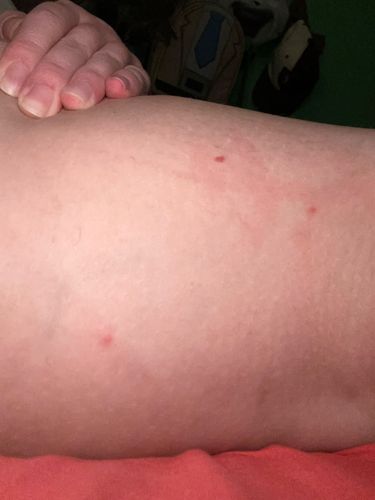Bed Bug
Scientific Name: Cimex lectularius
Order & Family: Hemiptera, Cimicidae
Size: Adults are typically 4-5 mm (0.16-0.20 inches) long, similar in size to an apple seed. Nymphs (juveniles) are smaller.

Natural Habitat
Human dwellings, especially bedrooms. They infest mattresses, box springs, bed frames, headboards, cracks in walls, furniture, and even electrical outlets. They are found worldwide.
Diet & Feeding
Exclusively blood of warm-blooded animals, primarily humans.
Behavior Patterns
Bed bugs are nocturnal and feed on blood while their hosts sleep. They are attracted to warmth and carbon dioxide. They tend to hide in cracks and crevices in mattresses, bed frames, furniture, or walls during the day, emerging at night to feed. Bites often appear in lines or clusters.
Risks & Benefits
Potential risks include itchy welts from bites, secondary skin infections from scratching, allergic reactions, and significant psychological distress (anxiety, insomnia). They are not known to transmit diseases to humans. There are no known direct benefits to humans or the ecosystem.
Identified on: 9/4/2025